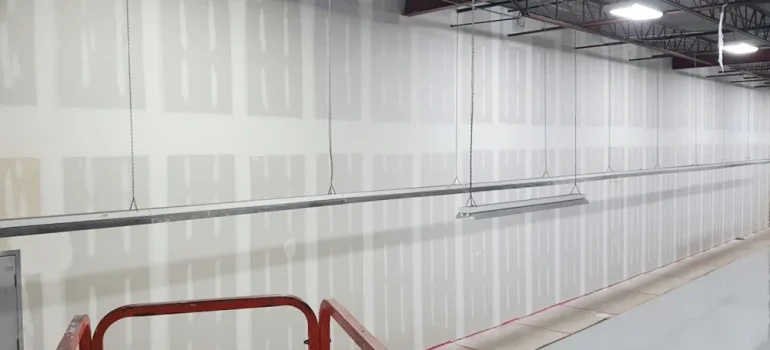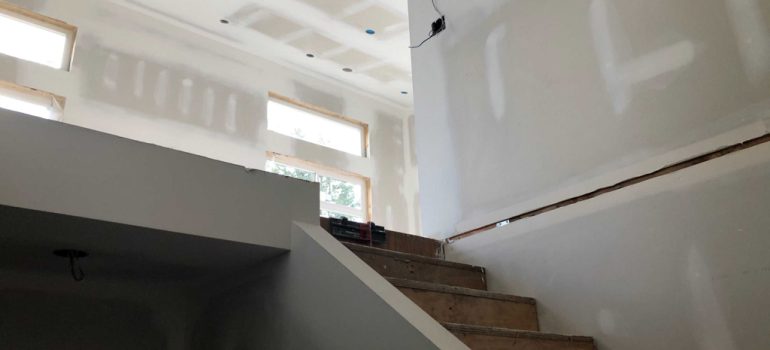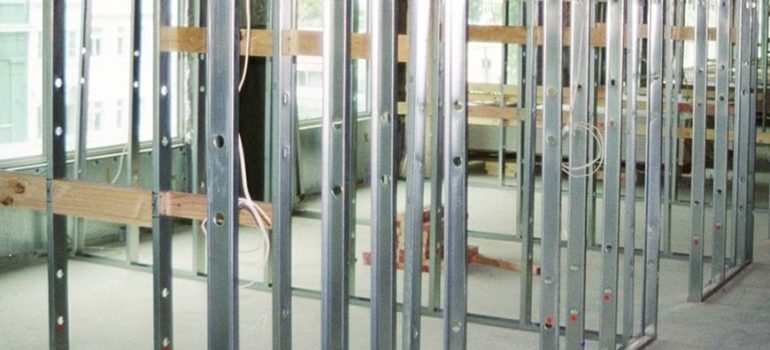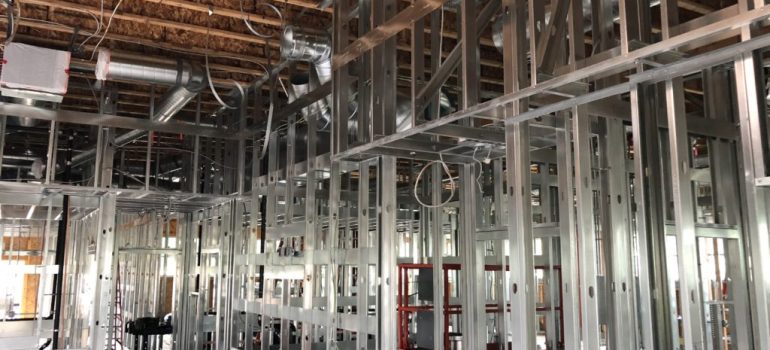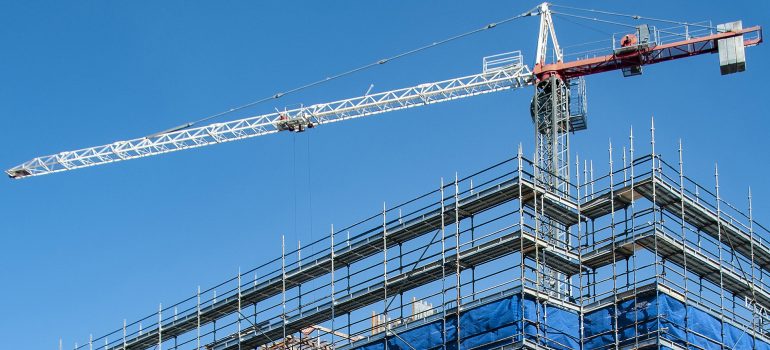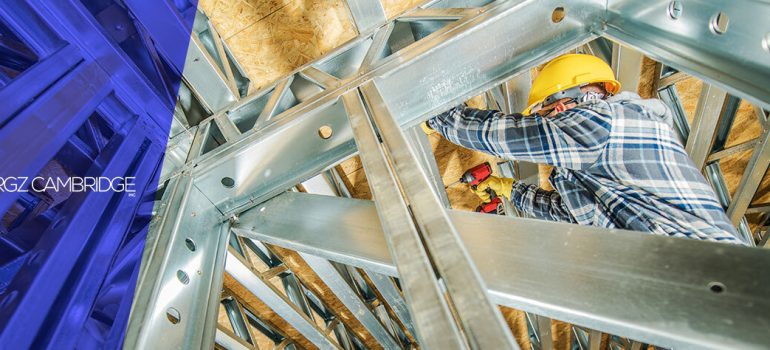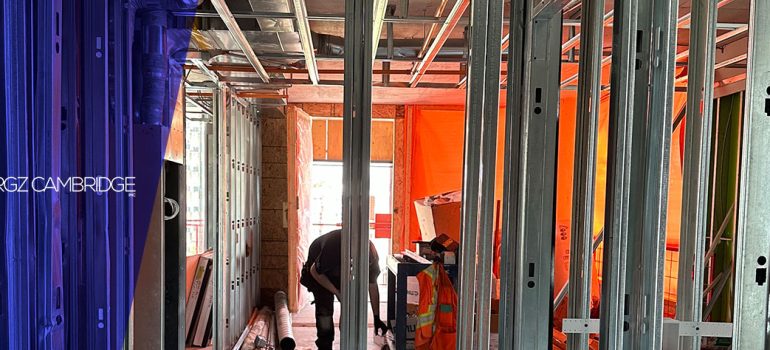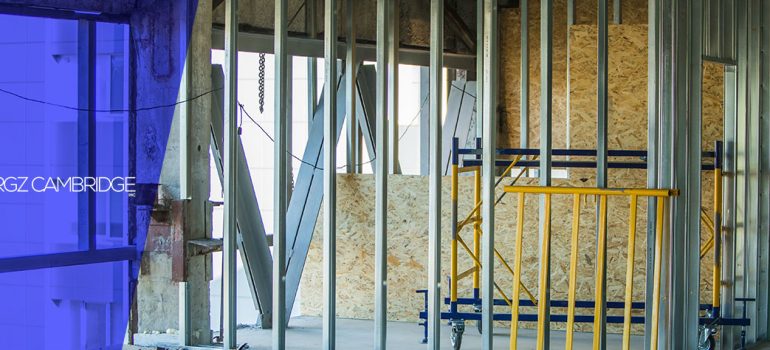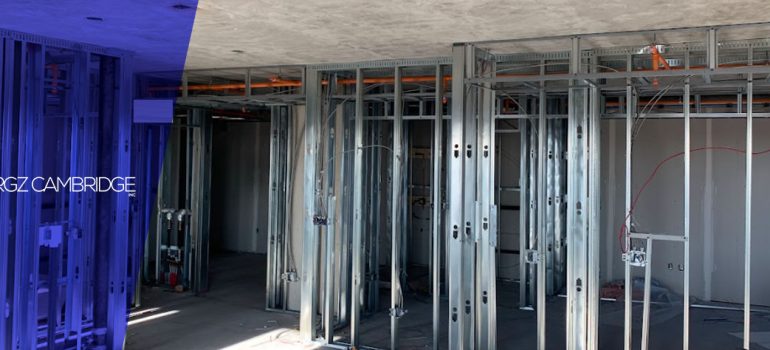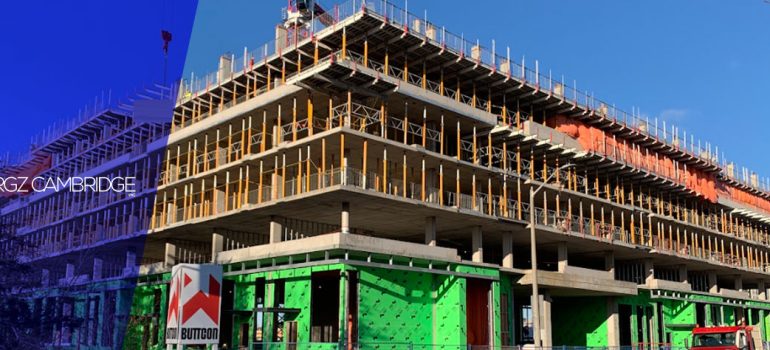Mastering Commercial Drywall Projects in Orleans and Surrounding Areas
When it comes to commercial drywall projects, businesses need a reliable partner capable of delivering high-quality work on time. In Orleans and surrounding areas, RGZ Cambridge stands out as the leading drywall contractor for commercial projects of all sizes. With over 20 years of experience, a strong partnership with Cambridge Drywall Services, and a proven track record of excellence, RGZ Cambridge has mastered the art of drywall installation for businesses.
Expertise in Commercial Drywall Projects
Commercial drywall projects present unique challenges that require a contractor with extensive experience and expertise. RGZ Cambridge has built a solid reputation in Orleans by consistently delivering outstanding results on various commercial developments, including office buildings, retail spaces, and industrial properties.
What sets RGZ Cambridge apart is their deep understanding of the requirements for commercial spaces. Commercial drywall projects often involve large spaces, complex layouts, and the need to meet strict safety and building codes. With their extensive knowledge, RGZ Cambridge excels at providing solutions tailored to meet the specific needs of businesses in Orleans. Whether it’s enhancing soundproofing in offices or creating sleek, modern finishes for retail stores, their expertise ensures that each project is completed to the highest standard.
Additionally, their commercial drywall services cover a wide range of applications, including partition walls, fire-rated drywall, and suspended ceilings. This versatility makes them the ideal choice for a variety of businesses, from small retail outlets to large corporate headquarters.
The Strength of Partnership with Cambridge Drywall Services
A key advantage of choosing RGZ Cambridge for commercial drywall projects is their strong partnership with Cambridge Drywall Services. This collaboration allows them to handle even the most complex and large-scale projects efficiently. With access to a larger team and a greater pool of resources, RGZ Cambridge can take on commercial projects that require a high level of manpower, materials, and coordination.
This partnership means that business owners and contractors working on significant developments can trust RGZ Cambridge to meet deadlines without compromising on quality. The combined experience of both companies ensures that every commercial drywall project is completed with precision and care.
For businesses in Orleans, this partnership offers the perfect balance between efficiency and high-quality craftsmanship. RGZ Cambridge leverages its strong relationship with Cambridge Drywall Services to ensure that commercial spaces are not only functional but also visually appealing and durable.
Handling Diverse Commercial Projects
Commercial drywall projects come in many forms, and RGZ Cambridge has the expertise to handle them all. Their team has worked on various commercial properties, from office buildings and retail spaces to warehouses and medical facilities. This experience has given them the ability to adapt to different project needs and deliver top-tier results every time.
Office Buildings: For commercial offices, drywall installations need to enhance both the functionality and aesthetics of the space. RGZ Cambridge provides solutions that improve soundproofing, increase energy efficiency, and create a professional, modern look that aligns with the business’s brand.
Retail Spaces: In the retail sector, creating an attractive interior that enhances the customer experience is essential. RGZ Cambridge understands this and ensures that drywall installations in retail stores meet design standards while maintaining practicality and durability.
Warehouses and Industrial Spaces: Industrial spaces require drywall solutions that are sturdy, fire-resistant, and capable of withstanding heavy use. RGZ Cambridge specializes in providing durable drywall installations for warehouses, ensuring that they meet safety standards while also offering longevity.
Medical and Institutional Buildings: Medical facilities require drywall that meets strict building codes, especially when it comes to fire-rated and moisture-resistant materials. RGZ Cambridge has the expertise to deliver installations that comply with healthcare regulations and ensure the safety of patients and staff.
This wide-ranging experience makes RGZ Cambridge the go-to contractor for commercial drywall projects in Orleans and the surrounding areas, no matter the industry or size of the project.
Meeting the Needs of Orleans Businesses
The commercial landscape in Orleans is diverse, and each business has its own specific needs. RGZ Cambridge understands that drywall installations for commercial spaces go beyond just putting up walls—they must meet the unique functional and aesthetic requirements of the business.
For example, many office buildings in Orleans require soundproofing solutions to create a quiet work environment for employees. RGZ Cambridge can install specialized drywall systems that improve acoustic performance, helping businesses create more comfortable and productive workspaces.
In retail settings, the focus is often on creating a visually appealing environment that enhances customer experience. RGZ Cambridge’s attention to detail and use of high-quality materials ensure that retail spaces look polished and inviting, drawing in customers and supporting the business’s brand image.
Furthermore, Orleans is a rapidly growing area, with many new commercial developments on the rise. RGZ Cambridge is well-equipped to handle these large-scale projects, ensuring that new commercial buildings are constructed with the highest level of professionalism and precision.
Leadership in the Commercial Drywall Industry
With over two decades of experience, RGZ Cambridge has established itself as a leader in the commercial drywall industry. Their ability to consistently deliver high-quality work on time has earned them the trust of many business owners, property managers, and contractors in Orleans and beyond.
In addition to their extensive experience, RGZ Cambridge is committed to staying at the forefront of the drywall industry. They continuously adopt the latest techniques and use state-of-the-art tools to ensure that their drywall installations are efficient, durable, and compliant with modern building standards.
This commitment to innovation has allowed RGZ Cambridge to maintain their leadership position in the commercial drywall sector. Businesses in Orleans can rely on them not only for traditional drywall solutions but also for advanced installations that meet the evolving needs of the industry.
Why Orleans Businesses Choose RGZ Cambridge
For businesses in Orleans, partnering with RGZ Cambridge offers numerous benefits. Their expertise in commercial drywall projects, combined with their strong partnership with Cambridge Drywall Services, makes them the top choice for any business looking for reliable, high-quality drywall services.
One of the primary reasons Orleans businesses choose RGZ Cambridge is their ability to deliver on time. Commercial projects often involve tight schedules, and delays can be costly. RGZ Cambridge’s efficient project management ensures that deadlines are met without compromising on quality.
Additionally, RGZ Cambridge’s attention to detail sets them apart from other drywall contractors. They take the time to understand each client’s specific needs and provide customized solutions that meet those requirements. This personalized approach ensures that every business gets a drywall installation that enhances their space and supports their operations.
Finally, RGZ Cambridge’s strong reputation in the industry gives businesses peace of mind. They know that by partnering with RGZ Cambridge, they are working with a contractor who values quality, efficiency, and customer satisfaction.
The Best Partner for Commercial Drywall Projects in Orleans
When it comes to commercial drywall projects in Orleans and the surrounding areas, RGZ Cambridge is the clear leader. Their extensive experience, combined with their strong partnership with Cambridge Drywall Services, allows them to deliver exceptional results for businesses of all sizes.
Whether you’re renovating an office, building a new retail space, or constructing a large warehouse, RGZ Cambridge has the expertise to handle your project with precision and professionalism. Their dedication to quality, efficiency, and customer satisfaction makes them the ideal partner for any commercial drywall project.
If you’re a business owner, property manager, or contractor in Orleans, contact RGZ Cambridge today to learn more about their commercial drywall services. You can also visit their website for more information on how they can help with your next project.
For more information, visit our Facebook Page.


